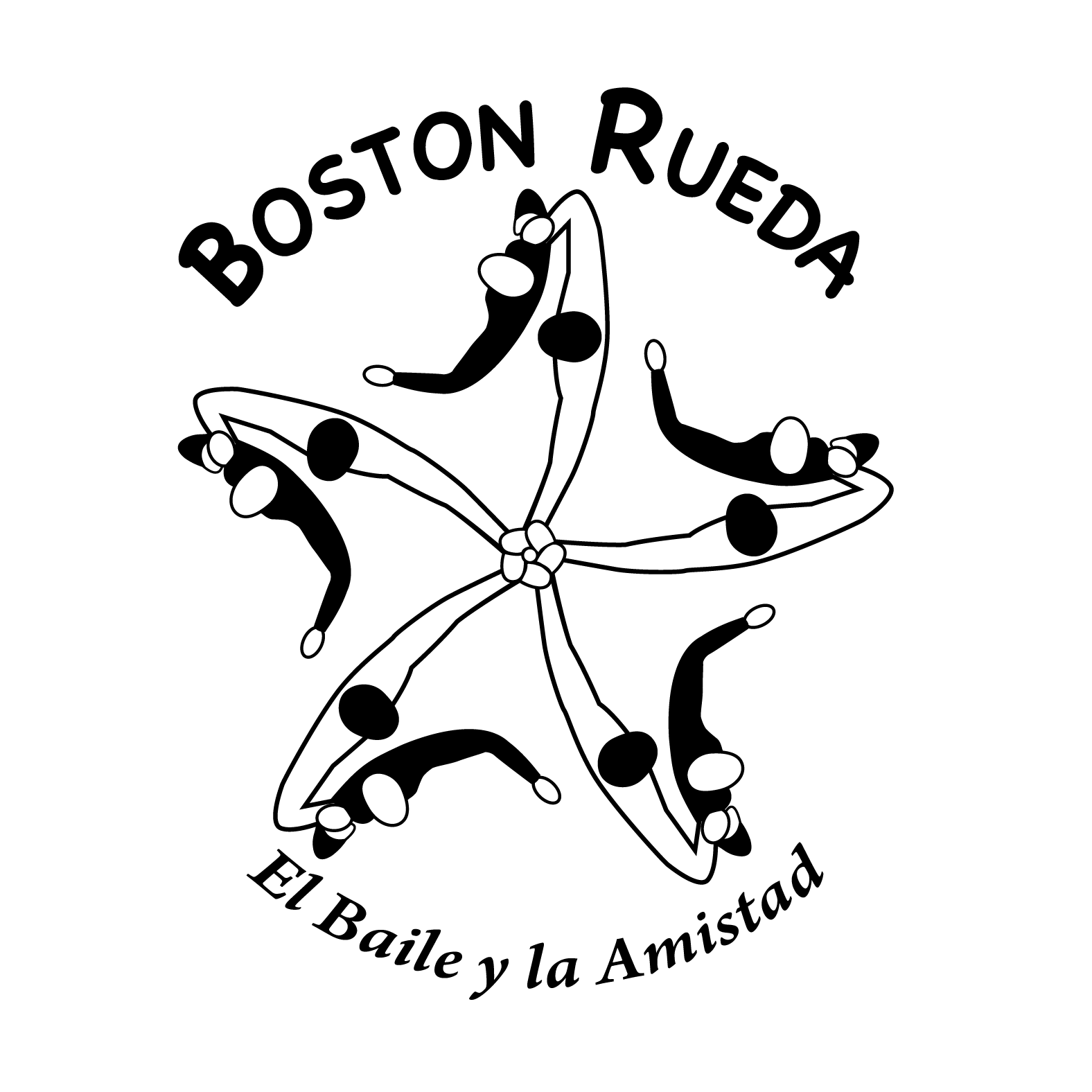In 2015, Sassan Ito of Berlin created a new way to call Ruedas:
TOC = Transition Oriented Calling
Instead of calling one figure after another, Sassan advocates
NOT calling the figures themselves but rather,
calling the TRANSITIONS between elements that make up a figure.
In 2015, Sassan Ito of Berlin created his innovative way to call a Rueda: focus not on the figure but rather on the transition between the elements of the figure
*
TOC allows the dancers to break free from the requirement of memorization of long couple figures (ie., Juana la Cubana), memorization of multi-step group figures (ie., Expresso), and memorization of partner-changing “fiesta” combinations (ie. Fiesta Sombrero).
**
Instead, they must know how to execute immediately a shorter list of the elements of figures that the cantante calls every measure (or even half-measure).
This implies, however that a TOC cantante prepares extensively for what s(he) wants to call … the sequences with elements that the dancers will find accessible, entertaining, and perhaps a bit challenging at the same time.
***
TOC requires that dancers be in the correct position in order to complete figures “on time” especially when changing partners. For example, leaders are inside the circle on 7 between their former partner and their next partner).
****
TOC elements incorporate basic Casino vocabulary (ie., Rodeo) and typical Casino couple walking movement (ie., Saloneo, Enrosca).
******
TOC mandates strict adherence to Casino dance technique (ie., “step forward, forward, forward … never back”) to insure efficient movement.
—–
DOF = Development of Figures
Cantantes who adopt TOC assert that a sequence of elements does not have just one “correct” way to be executed. Instead, they look for new, interesting ways to enter and exit by calling different elements of figures.
*
Cantantes who embrace TOC also look for ways to surprise dancers by combining elements they already know in new, unexpected ways.
**
DOF doesn’t look back to the way Rueda has “always” been danced but rather looks forward to the ways it might be danced in new and interesting ways.
